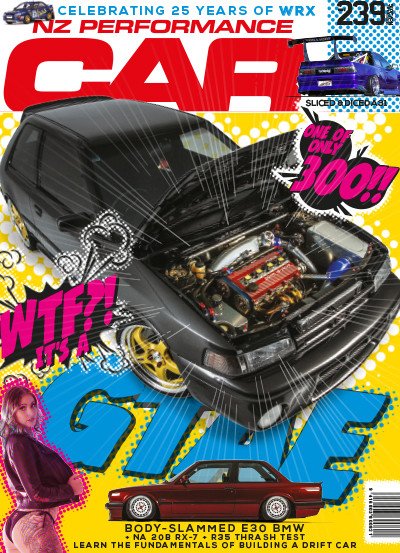“The name itself is an acronym for ‘World Rally eXperimental’.”
Las year [2016] was a big one for Subaru, as November marked the 25th anniversary since the release of its most highly awarded motor sport-based car in history, the Impreza WRX. The story began when Subaru campaigned the Legacy RS in the World Rally Championship (WRC) to moderate success, before a shift towards smaller, lighter chassis forced Subaru to develop a new competitive vehicle — thus, the Impreza was born, and, on its debut, the iconic blue and yellow Impreza 555 car immediately achieved podium success.
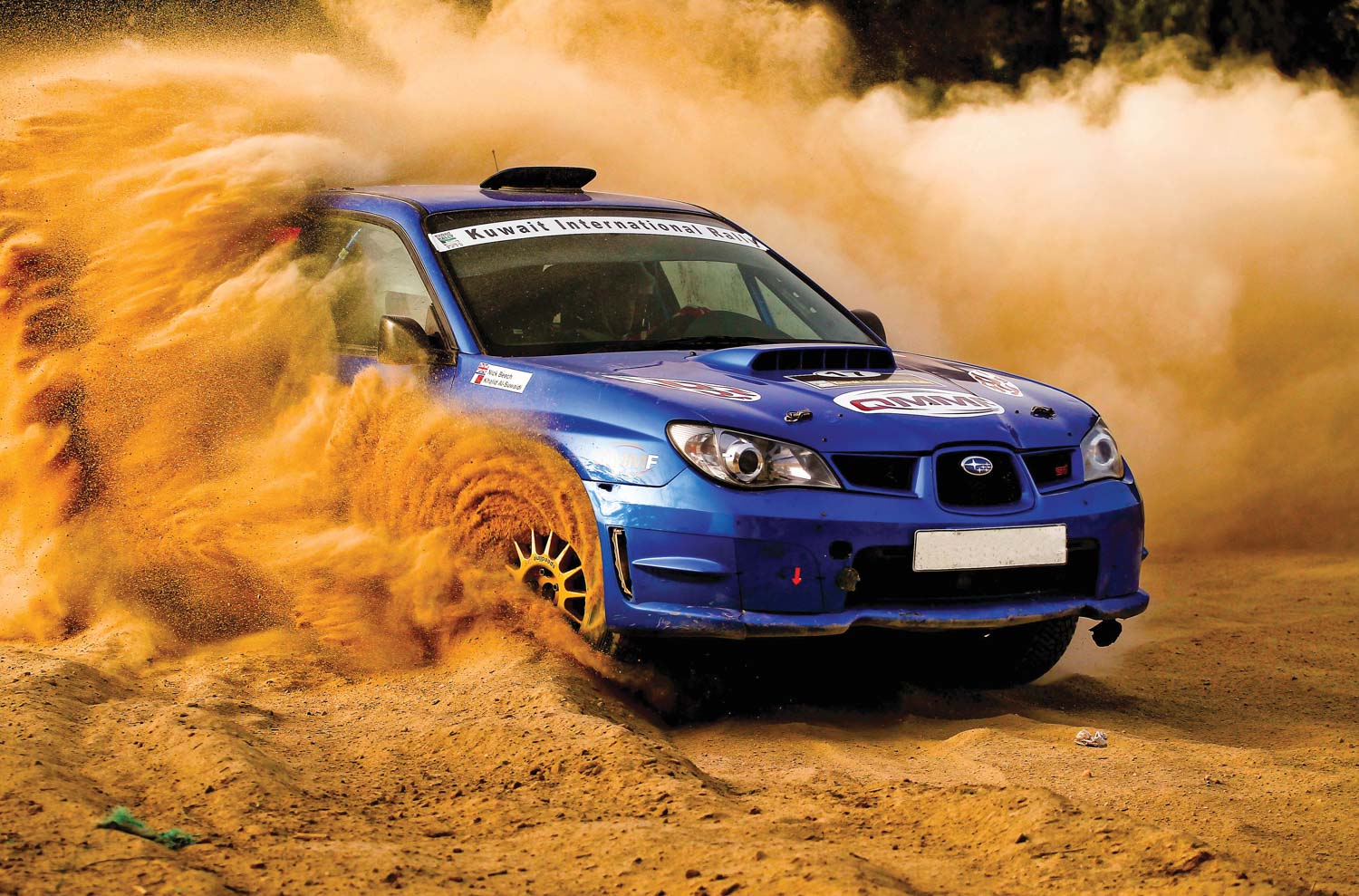
Numerous versions of the WRX have been produced since 1992, with the name itself an acronym for ‘World Rally eXperimental’ (or simply, ‘World Rally Cross’), as, unsurprisingly, all the generations were packed to the brim with rally-bred technology. The WRX STi was introduced in 1994 with higher-powered engines, stronger gearboxes, and upgraded suspensions: they also acted as the homologation units for their rallying counterparts.
Even with Subaru retiring from the WRC in 2007, the WRX remains one of the most-loved ‘sport’ models of all time, and it’s been piloted by some of the best in rallying history, including Scotsman Colin McRae and one of New Zealand’s own, the late Possum Bourne. So, we decided to take a look back at the WRX’s most notable dates, motor sport achievements, and models from the last 25 years.


Special editions
1992 Impreza WRX (GC8A)
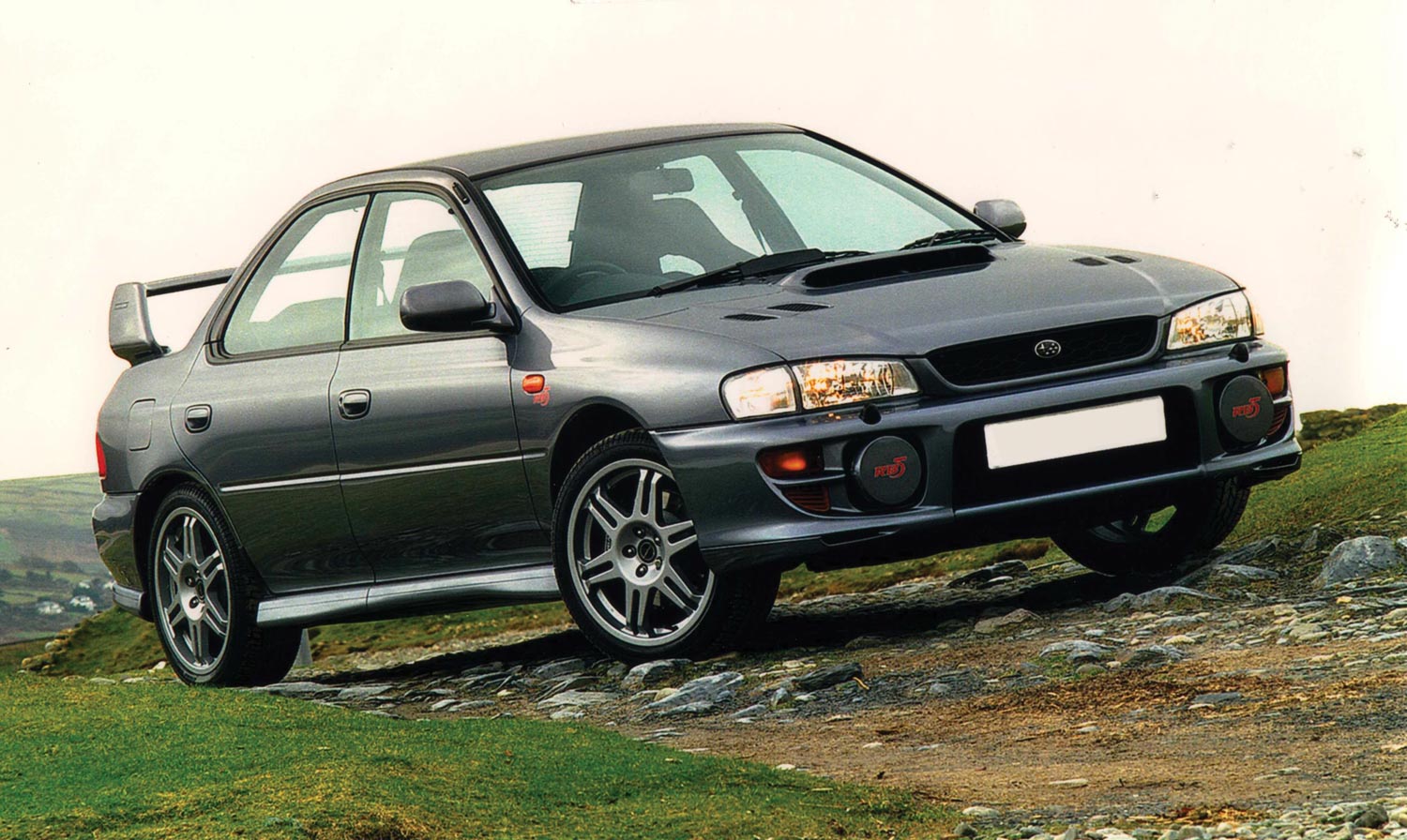
Subaru released the first Impreza WRX in November 1992, packing a 176.5kW EJ20 engine and a rubbery five-speed gearbox combo. The model designation ‘WRX’ was coined to mean ‘World Rally eXperimental’, and the street-legal version featured rally-inspired technology — the all-wheel-drive drivetrain housed two limited-slip viscous-type differentials and stiffened suspension. A stripped-down version known as the ‘Type RA’ was available in Japan, targeting race and rally crowds: generally lighter in weight, they had reduced sound deadening, manual windows, no air-con or anti-lock brakes, and they had a stronger engine and a close-ratio gearbox.
1994 Impreza WRX STi (GC8B)
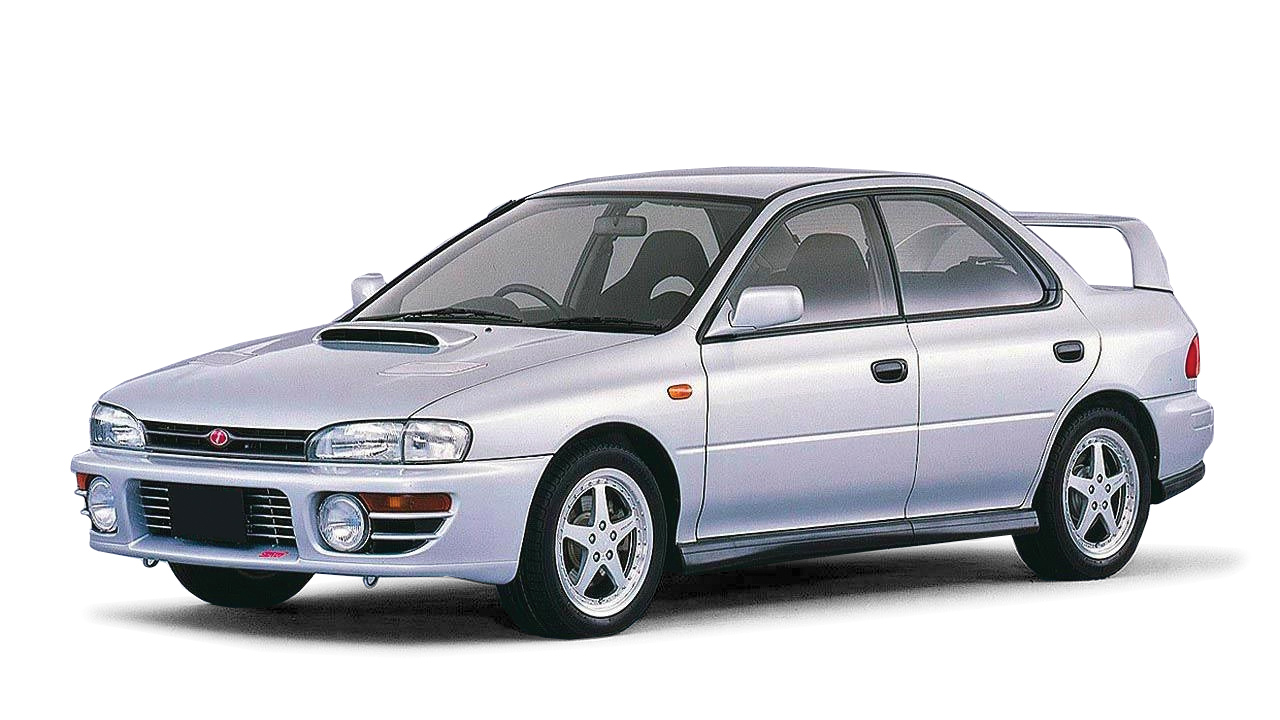
Subaru introduced Subaru Tecnica International (STI) versions of the WRX in 1994, developed purely for the Japanese market. This was the only version of the STi that saw standard cars taken from the end of the assembly line and upgraded with STi parts, which included 184kW blueprinted performance-tuned EJ20s with stronger transmissions, and upgraded suspension. These new versions were extremely successful in rallies and, as a result, became popular among street racers across the world. There were 100 STIs produced per month between February and August ’94.
1998 Impreza WRX STI (22B)
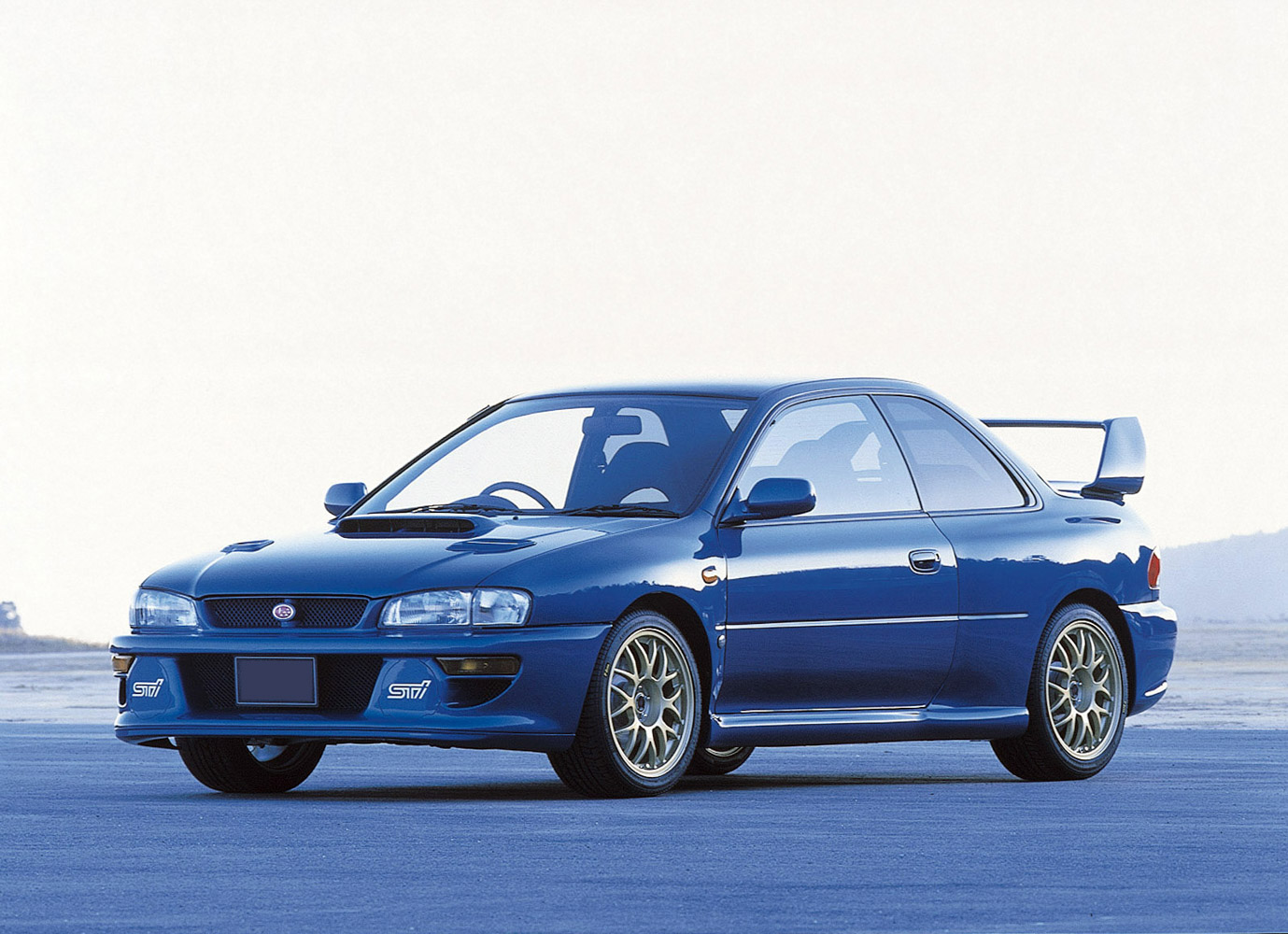
Built to commemorate both Subaru’s 40th anniversary and the third consecutive manufacturers’ title for Subaru in the WRC, the widebody coupé was dubbed the ‘22B STi’. Supposedly, all 400 Japanese units sold within 30 minutes, although some reports say it was more like 48 hours, and a further 24 cars were produced for export. Subaru UK gave its 16 cars the Prodrive treatment, with longer gear ratios, and UK-specification lights. All models featured the 206kW EJ22 engine, which, according to internal Subaru material, was a closed-deck block from the EJ20 V3 that was stroked from 1994cc to 2212cc. Clad in a unique blue colour and the Peter Stevens–designed WRC car widebody, the overall width was increased by 80mm, and it had many other sweet upgrades.
Impreza 555 Group A
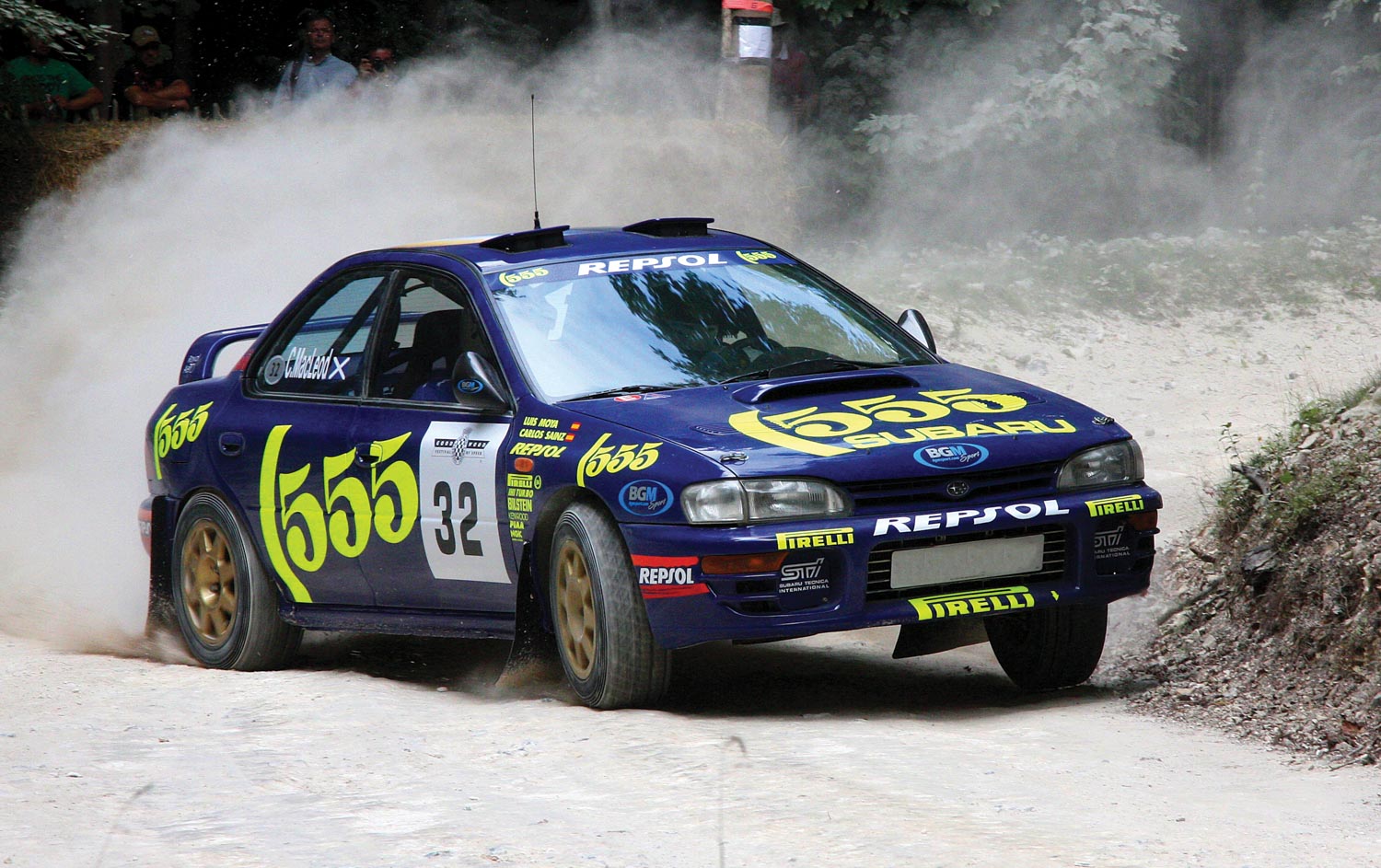
During the four years that Prodrive and Subaru campaigned the Impreza 555 in WRC, 63 Group A–specification Imprezas were built in total — most were used to re-shell damaged chassis and carried the same number plates. In all, nine distinct number plates were assigned to the cars, and all bar one featured the digits ‘555’.
‘N1WRC’ was used by Colin McRae in 1996 off the back of his WRC drivers’ championship win. Unsurprisingly, the car used the familiar EJ20 engine, which produced between 239 and 246kW. The car was originally fitted with an H-pattern gearbox before that was replaced by a Prodrive-built six-speed semi-auto pneumatic paddle-shift example.
Ten drivers competed in the 555 at WRC rallies during the 1992–1996 seasons, including New Zealand’s late Possum Bourne. With 17 stage wins under its belt, as well as two manufacturers’ titles and a drivers’ championship win, the Group A Impreza 555 ended on a high note with a one-two finish in Catalunya for Colin McRae and Piero Liatti.
2000 Impreza WRX STI (S201)
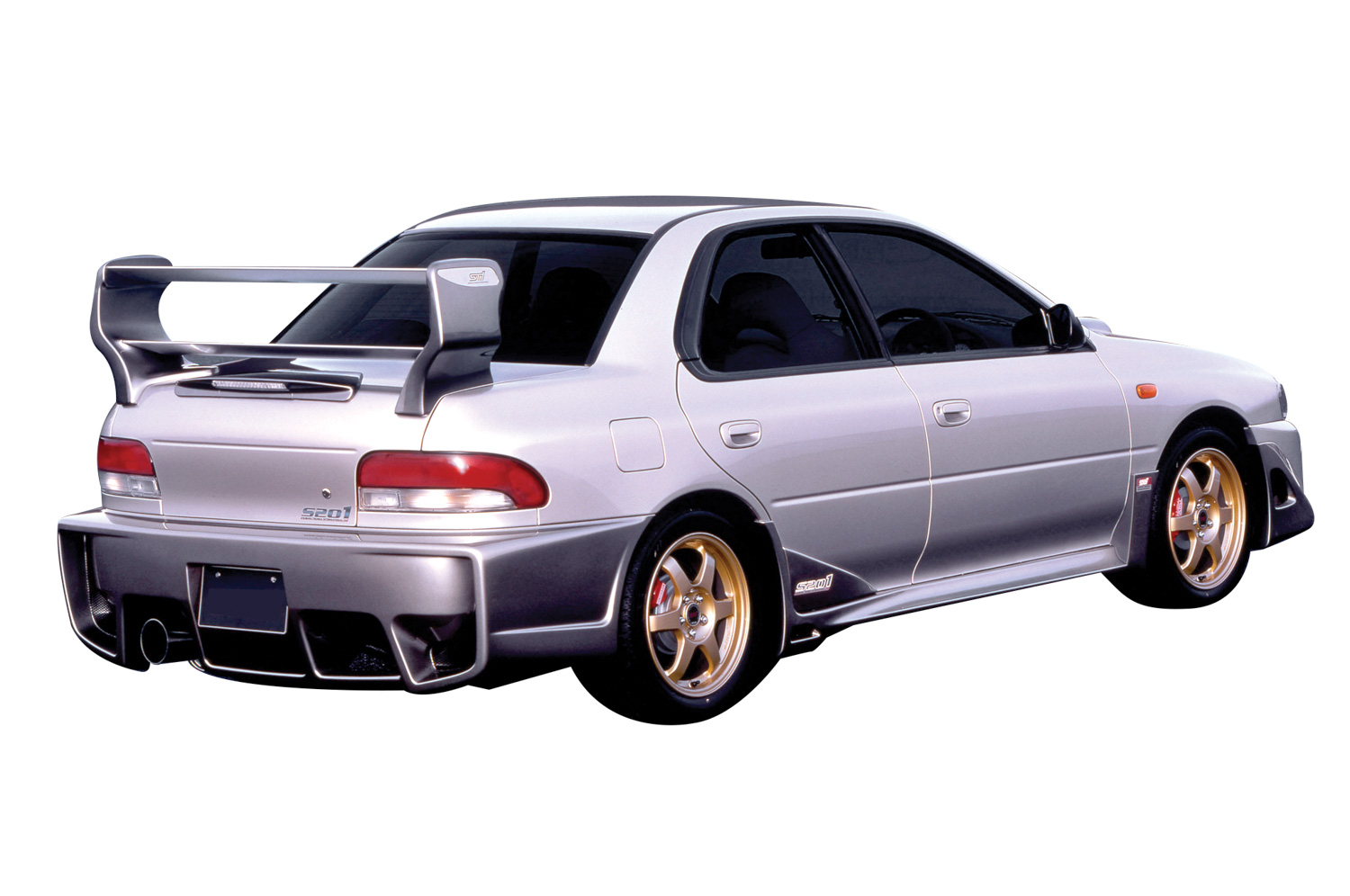
With arguably the most interesting manufacturer-fitted bodykit of all time, the S201 was a limited 300-unit run sporting a 224kW EJ20 powerhouse and was a special exception to Japan’s gentleman’s agreement. It was based on a sedan body that became the only bodykitted S-series WRX STi, with a tri-planar wing and a massive front air-splitter — which doesn’t come as much surprise after this effort. The car was packed to the brim with nearly every single part from the STi catalogue. We only know of one genuine example currently in New Zealand.
2011 Cosworth Impreza CS400
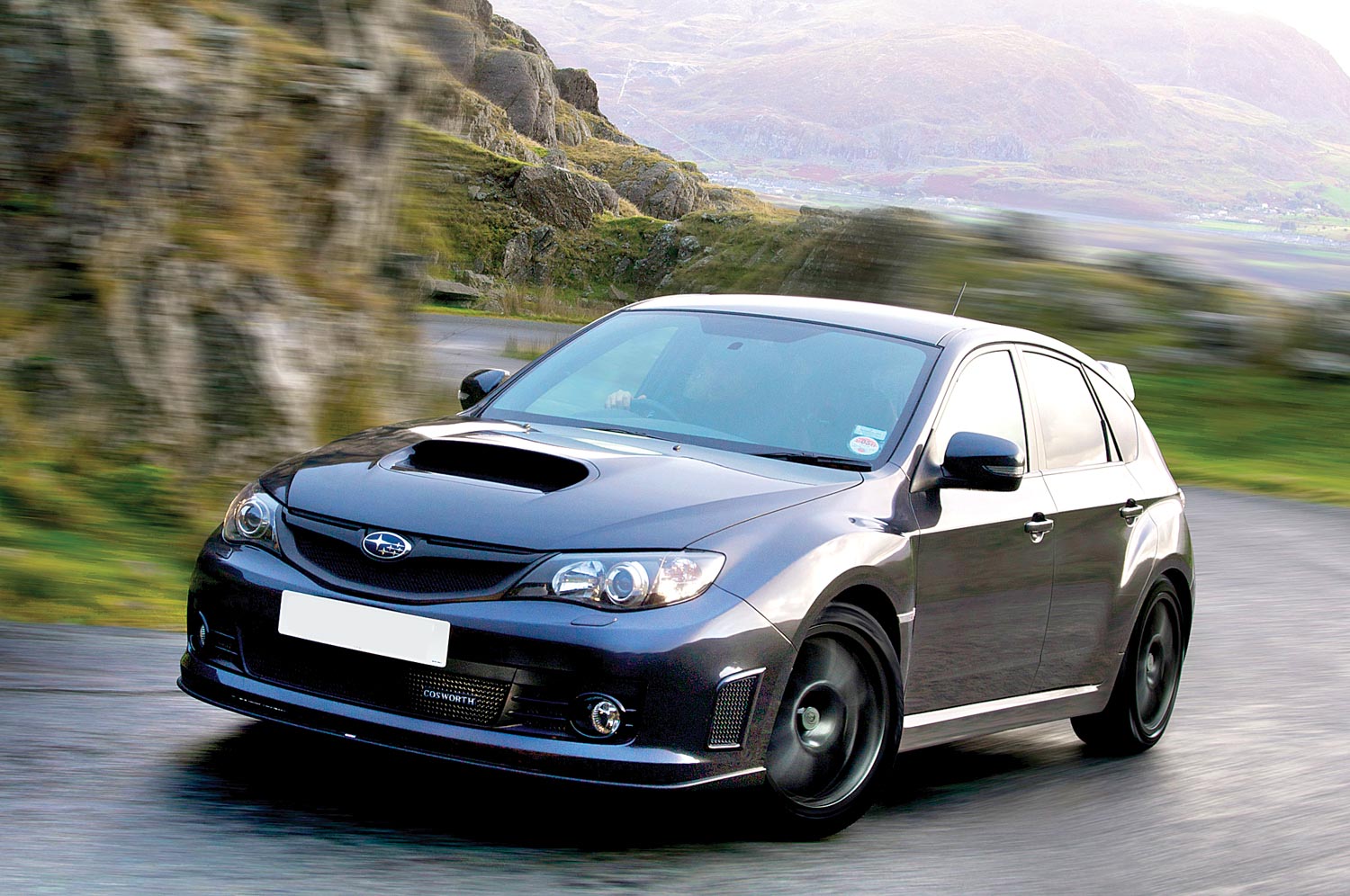
Despite having a long-running history with Prodrive UK, Subaru enlisted the help of purebred race-engine builder Cosworth to develop the CS400. The partnership wasn’t too far-fetched, as it had previously cast the aluminium blocks for Subaru’s rally engines. The 294kW EJ25 powerhouse included upgraded crankshaft bearings, lower-compression forged pistons and rods, new head gaskets, and stronger head studs, all so it could take a shitload more boost pumped through via the bigger turbo. Among a gaggle of other big-name parts, it also included AP Racing six-pot calipers and big ventilated discs. Released solely in six-speed manual, only 75 units of the all-wheel-drive weapon exist.
This article originally appeared in NZ Performance Car issue No. 239. To grab a print copy of the mag, follow the link below:
